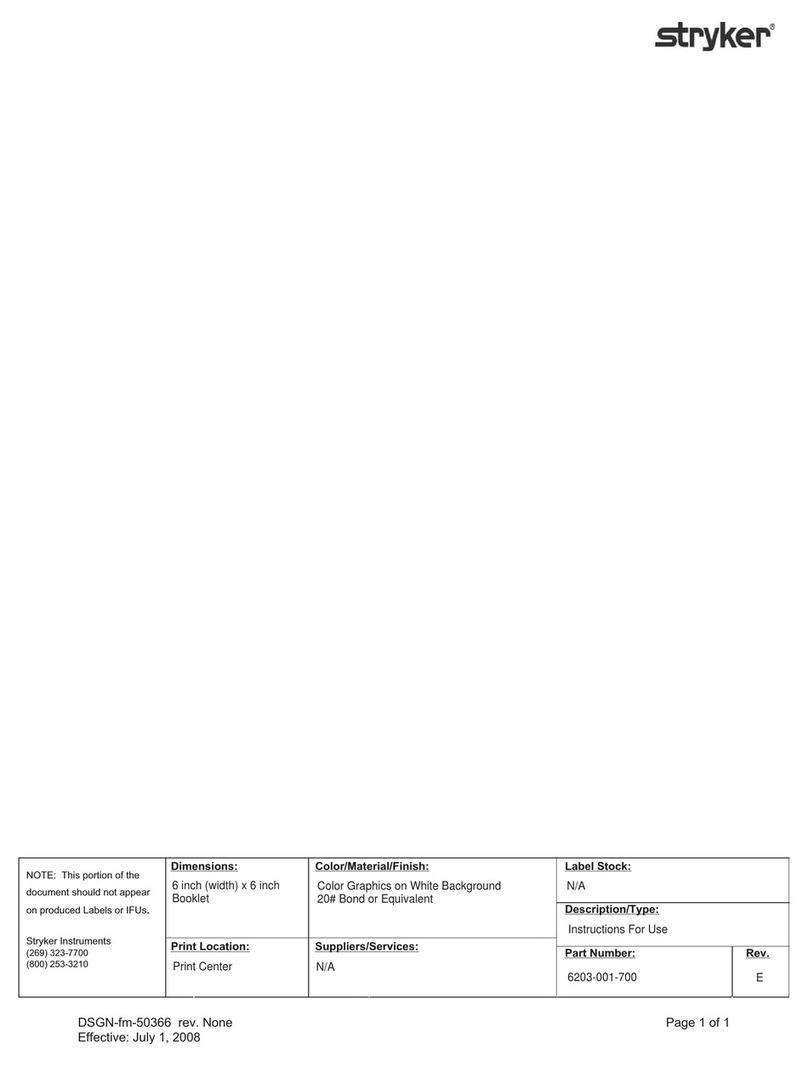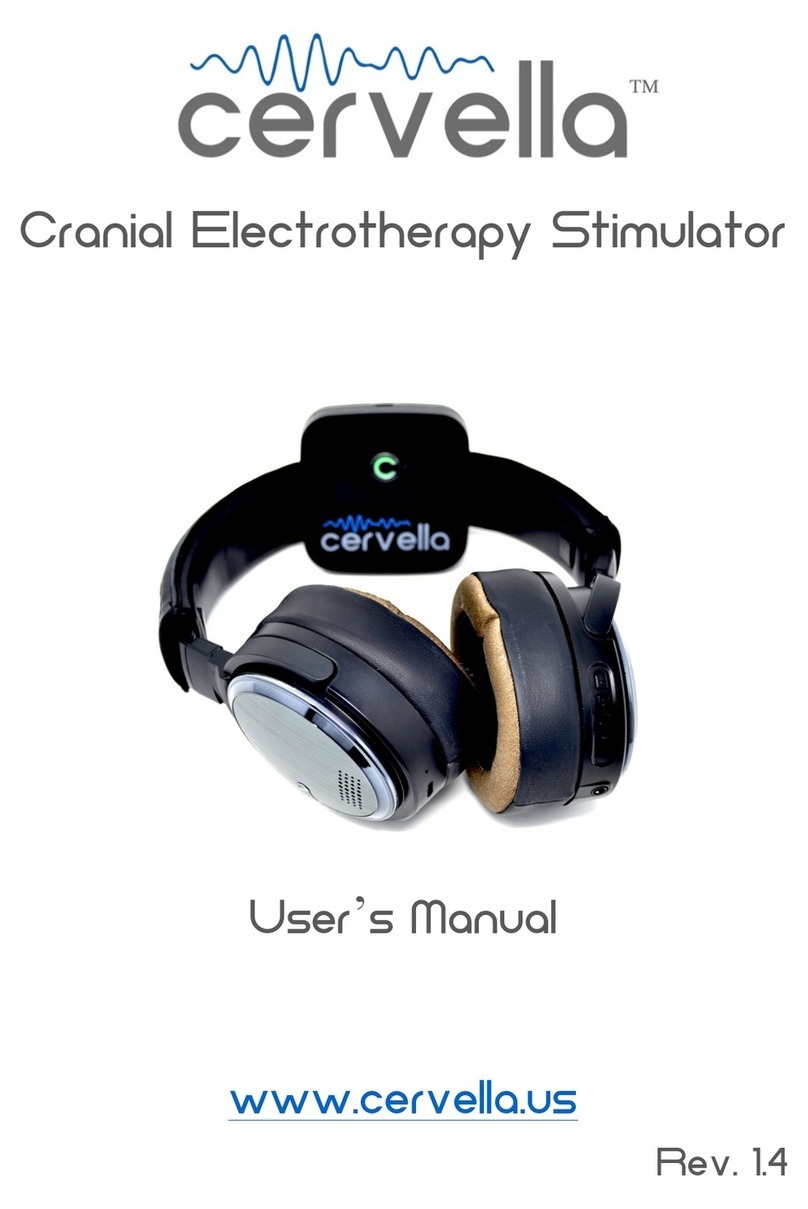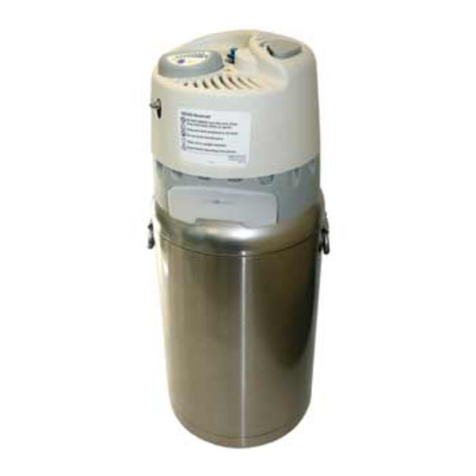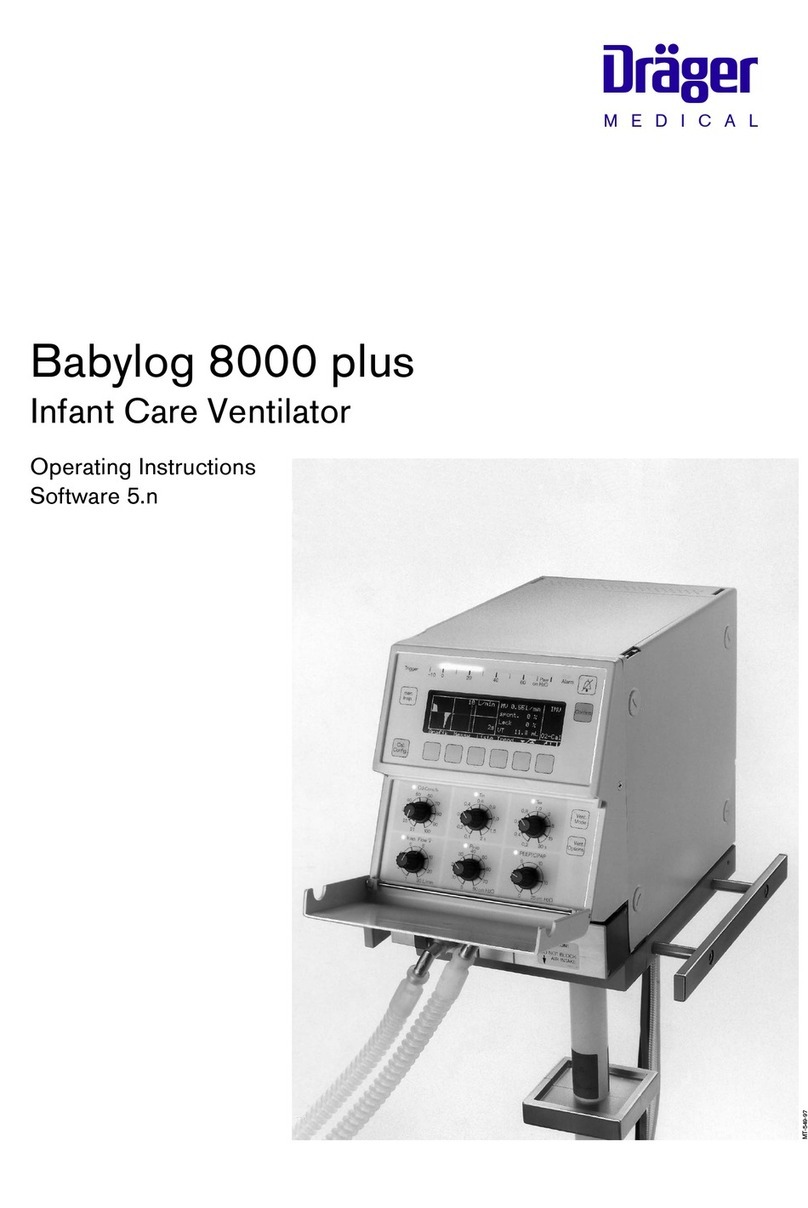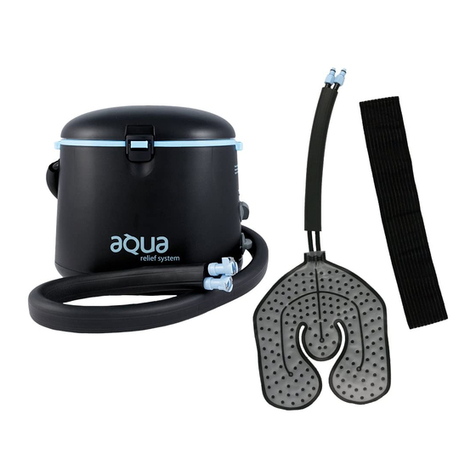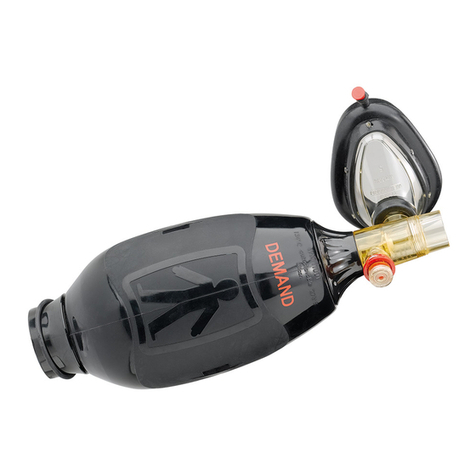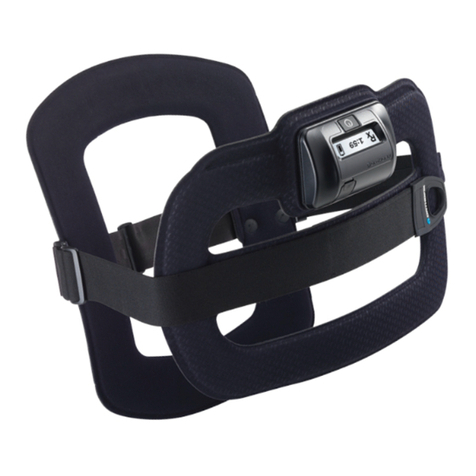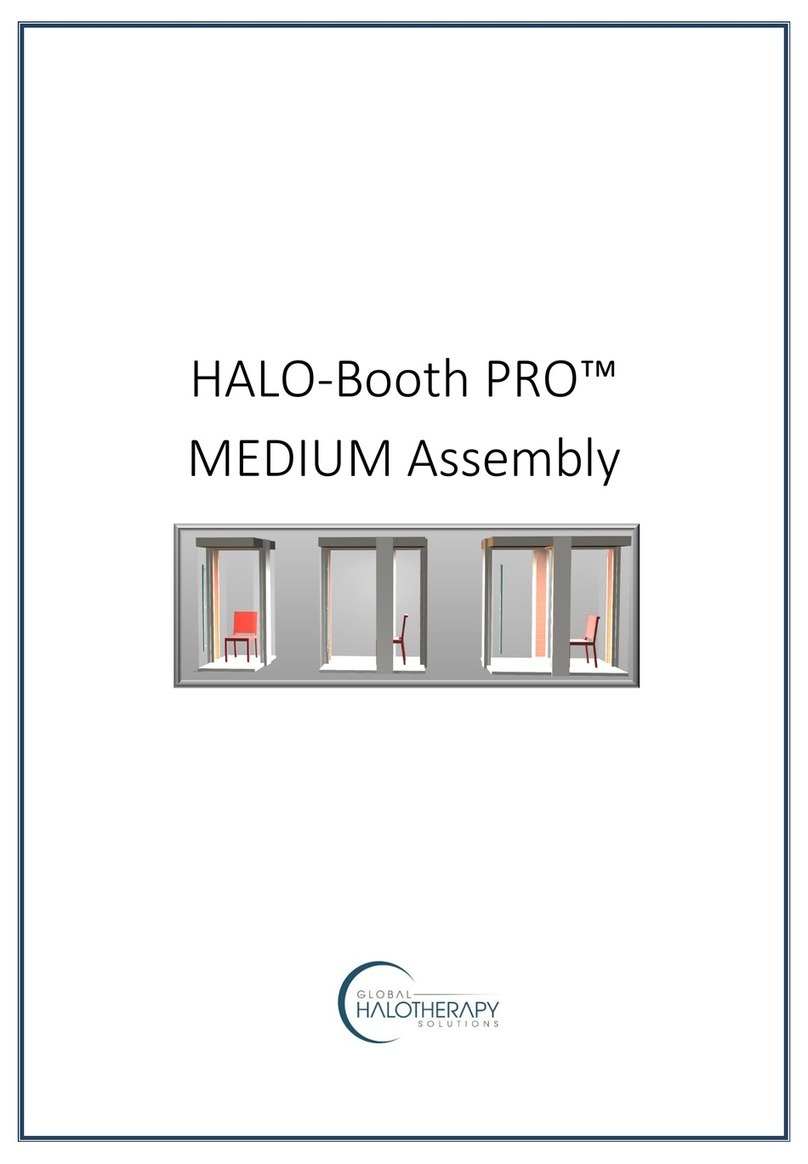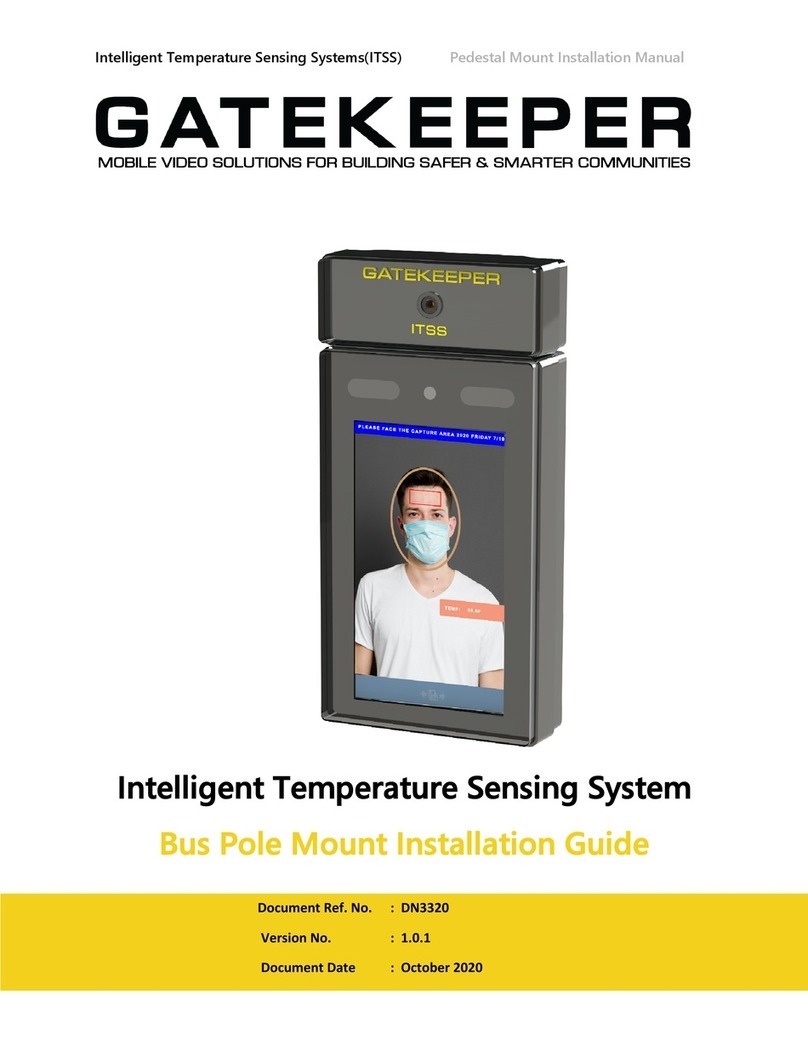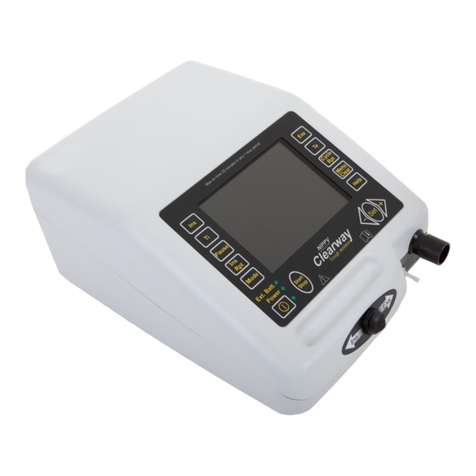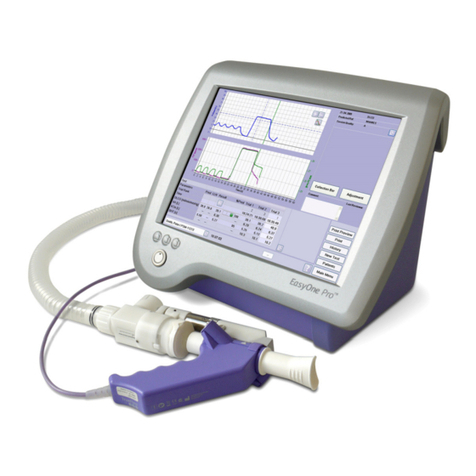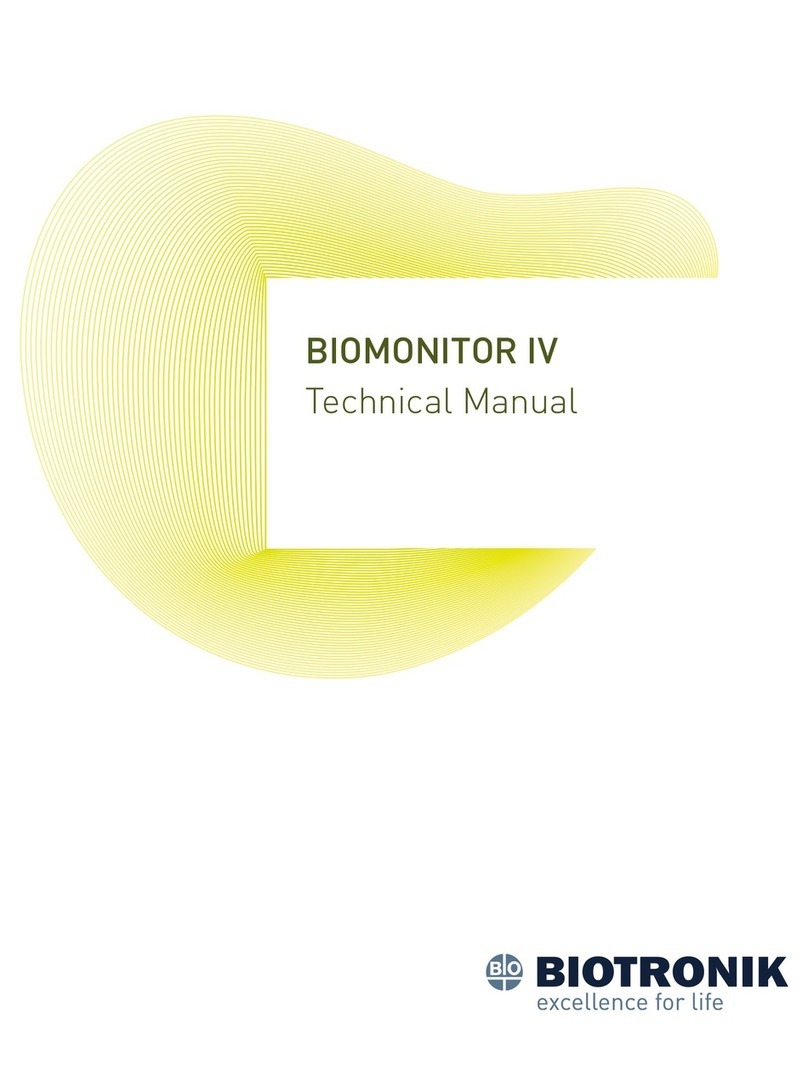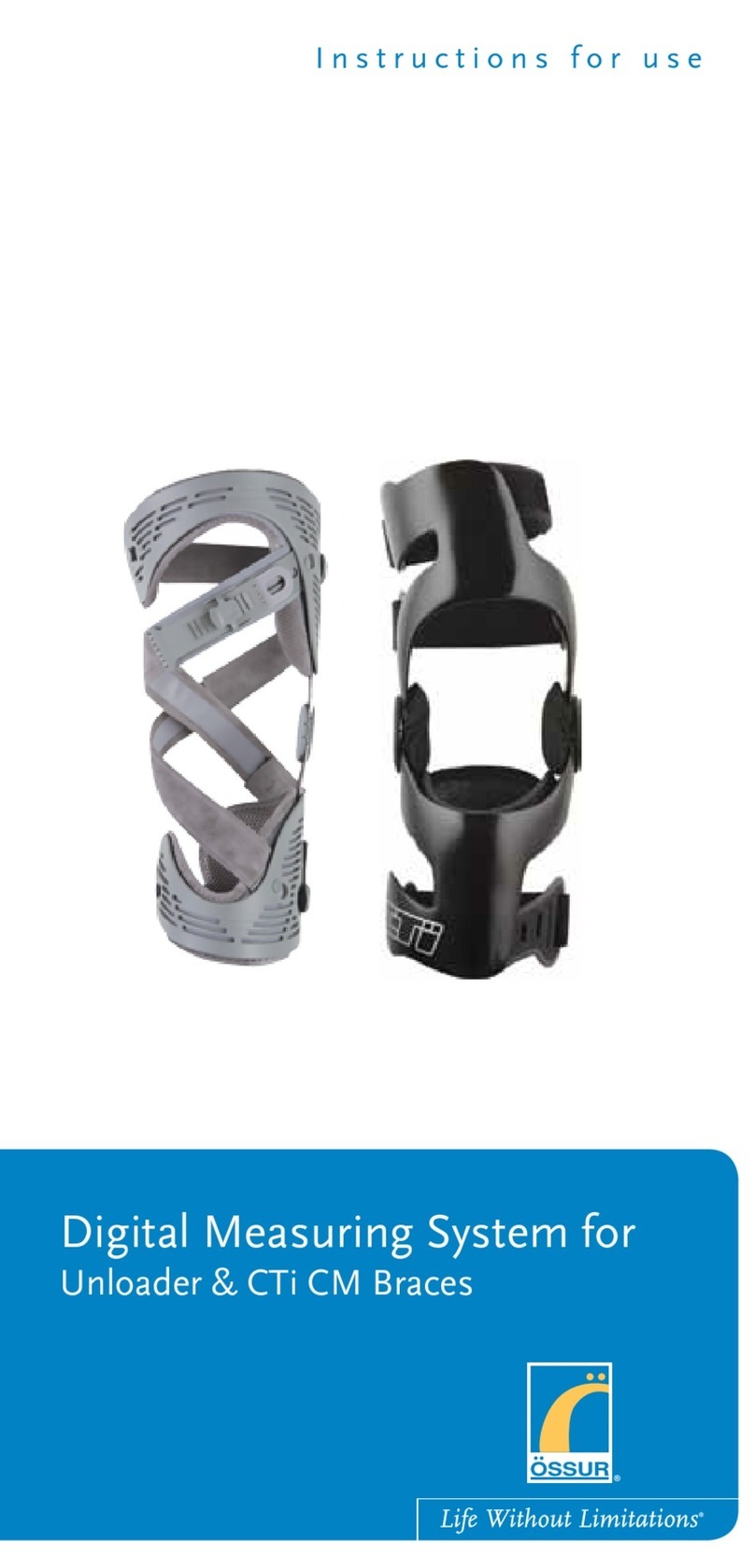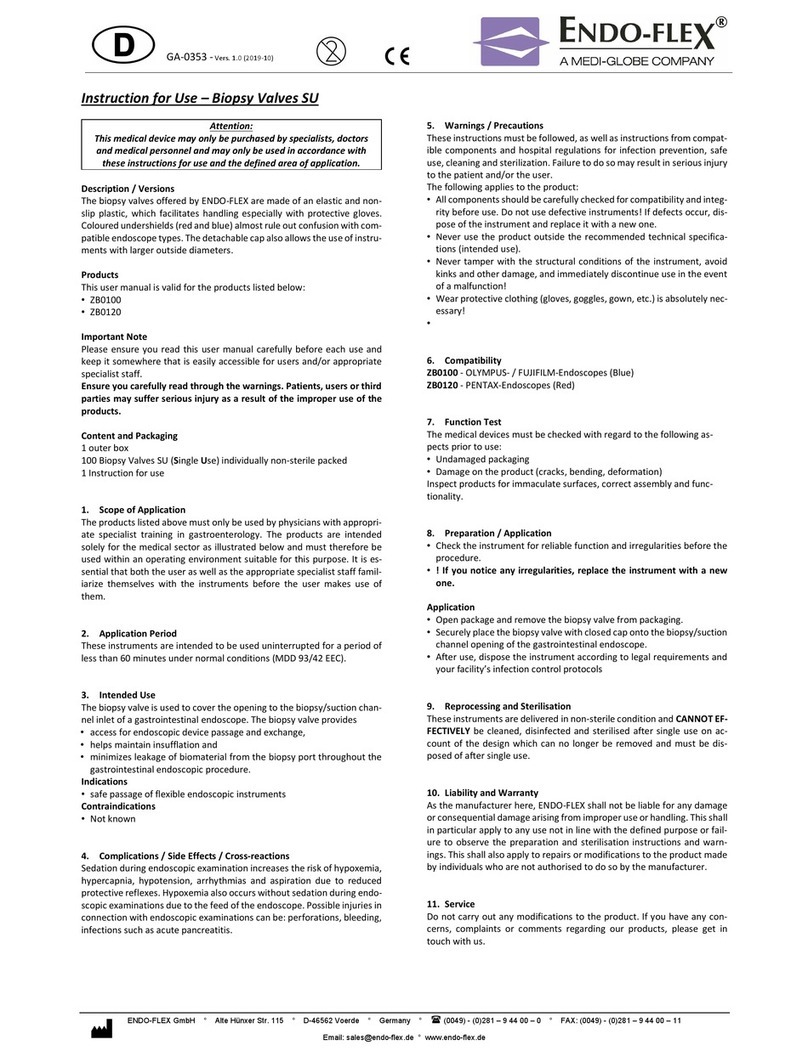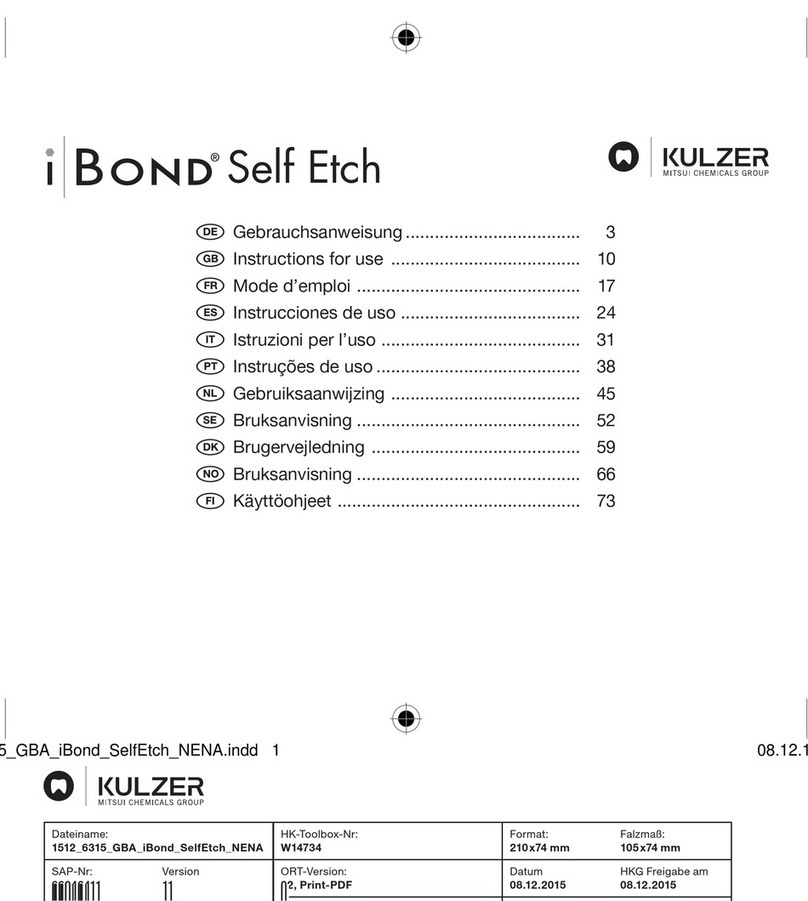
4 Important Safeguards
Sample Preparation Safeguards
• Run similar sample types with the same acid(s) and acid volume in each vessel.
• If mixing similar samples or blanks, mix them evenly throughout the turntable.
• Maximum sample weight varies per vessel size and sample type. See “Operating Parameters” for weights.
• Acid blanks cannot account for more than 25% of turntable when mixed with samples.
Vessel Safeguards
• Only use consumables, accessories, vessels and vessel components purchased directly from CEM or through its
authorized dealer network.
• All vessel components must be dry prior to use.
• Always condition new liners and plugs.
• A minimum of 4 vessels per run is required. An error message will appear if <4 vessels are detected.
• Do not batch old liners with new liners unless new liners have been conditioned.
• Ensure vessels are assembled properly.
• Group liners with similar sample history and usage.
• Segregate liners for HNO3and non-HNO3applications.
• Do not use a new liner with a set of liners that has been run consistently until the new liner has been
conditioned with that sample type.
• Bake out liners to remove residual HNO3& NOxgases.
• See "Liner Back Out Procedure" for details.
• Bake out liners if TempGuardTM is triggered.
• The fully loaded turntable without sample may be heavy (>25 pounds (11 kg)). Use caution when lifting and
loading into the cavity. Do not place ngers beneath the turntable when placing in the cavity.
Compounds Unsuitable for Closed Vessel Microwave Digestion
WARNING
CEM will not be responsible for damage to equipment and facilities or personal injuries resulting from
microwave digestion of samples that are deemed unsuitable for closed vessel microwave digestion.
Acid decomposition of certain chemical compounds or types of samples constitutes unreasonable, hazardous
misuse of CEM microwave digestion systems. The classes of compounds listed below are unsuitable for closed
vessel microwave digestion because they are highly reactive with oxidizing acids and/or may become nitrated and
potentially explosive. Absence of a particular chemical compound from this list does not imply microwave acid
decomposition of such a sample is safe under all conditions.
• Explosives (TNT, Nitrocellulose, etc.)
• Propellants (Hydrazine, Ammonium Perchlorate, etc.)
• Pyrophoric chemicals
• Hypergolic mixtures (Nitric Acid and Phenol, Nitric Acid and Triethylamine, Nitric Acid and Acetone, etc.)
• Animal Fats (Esters of glycerol capable of nitration and the formation of nitroglycerin or other nitrated organic
compounds)
• Aviation Fuels (JP-1, etc.)
• Acetylides
• Glycols (Ethylene Glycol, Propylene Glycol, etc.)




















